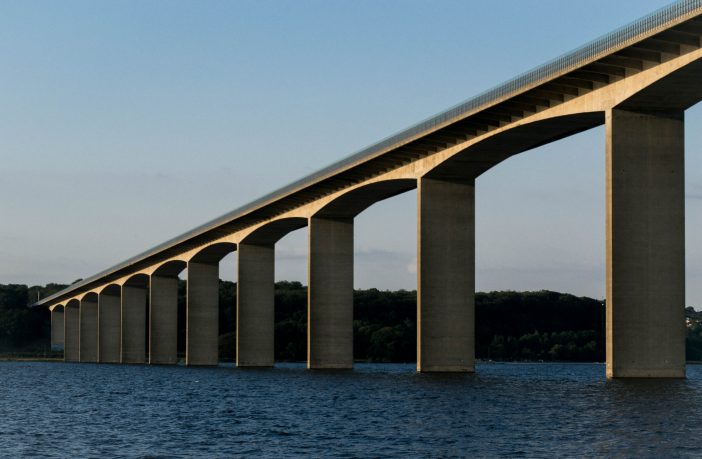- One of the key challenges in getting energy and infrastructure projects off the ground in Africa is the lack of available funding.
- The limited access to early stage project funding plus a lack of a secondary market are major challenges for energy and infrastructure projects in Africa.
According to Mike Webb, Baker McKenzie’s senior associate, this challenge does not refer to the availability of debt or equity funding from large institutions that commonly invest in this sector, but rather to two types of funding that are currently not readily available with respect to African projects.
Webb highlights the following types of funding:
- Firstly, there is a lack of early stage development capital that is required to get a project from the concept and feasibility assessment stage to the point where it has crystallised a revenue stream and is able to attract real investment.
- Secondly, and much further down the development line, there is a lack of a secondary market for infrastructure and energy projects in the continent generally.
This lack of a secondary market, Webb says, restricts an investor’s ability to exit from their investments and deters investors, particularly those that are needed during the early stages of the project.
“In many countries, such as Germany for example, secondary markets have been pivotal in creating demand for projects, with projects being refinanced or sold in the capital markets either through equity or bond issuances. This exit path is key in creating a sustainable initial financing platform for energy and infrastructure projects,” he noted.
The main reason for both of these funding gaps in Africa is the lack of policy and regulatory certainty in Africa, which is needed to establish a relatively reliable revenue stream that will attract investors at these points in the investment cycle.
Need for credible regulatory environment
Webb further underlined that a credible and predictable regulatory environment has always been a necessary catalyst for these types of investments. “Investors must feel comfortable that clear and unambiguous regulation and policy will protect them and reduce the risk of deploying capital into new projects on the continent.”
The good news is that investment in the energy and infrastructure sector is beginning to improve with the emergence of serious interest from private equity players, as well as the establishment of infrastructure funds mandated to invest in African projects.
“But this capital still doesn’t fill all the funding gaps. Private equity capital, while more flexible from a risk standpoint, is expensive and private equity investors are usually not willing to invest in projects unless there is a clear line of sight to market. This is often not possible during the stages where these projects are most in need of funding,” he pointed out.
Blended finance
Blended finance initiatives are starting to help bridge the funding gap, particularly in relation to the need for early stage development funding.
Webb noted that public sourced funding, such as climate finance funds and dedicated investment vehicles, are starting to deploy much needed capital to developers with the hope that their projects will advance to a feasibility point where private capital can invest.
While this is a welcome development, he pointed out that projects ultimately need more comprehensive government policies in support of energy and infrastructure investment to attract the scale of investments needed.
“Governments in Africa should prioritise implementing legislation and resolving any regulatory and other policy challenges in the energy and infrastructure sector in their countries. Many countries in Africa don’t yet have the regulations and policies in place to enable these markets to really grow,” he said.
In order to attract big investors in this sector, there is an urgent need for more certainty from Africa regulators.
Alternatively, and when faced with a lack of policy signals, energy and infrastructure projects might be able to identify sufficient price signals to attract substantial investment.
In conclusion, Webb emphasised that price signals have clearly been working for many investors in respect of the off-grid energy market in South Africa, where investment is beginning to appear. “In this market, without there being much policy development, the initial surge of investment in the sector was due to strong demand for energy in rural areas,” he said.
“This demand meant investors were willing to take the risk. They were comfortable that there was sufficient demand, which was enough to stimulate the much needed initial investment. If this demand can be identified and quantified, investors might be willing to deploy capital at the beginning of the project and further down the line when assets are recycled in the secondary markets.”
Author: Babalwa Bungane
This article was originally published on ESI Africa and is republished with permission with minor editorial changes.











